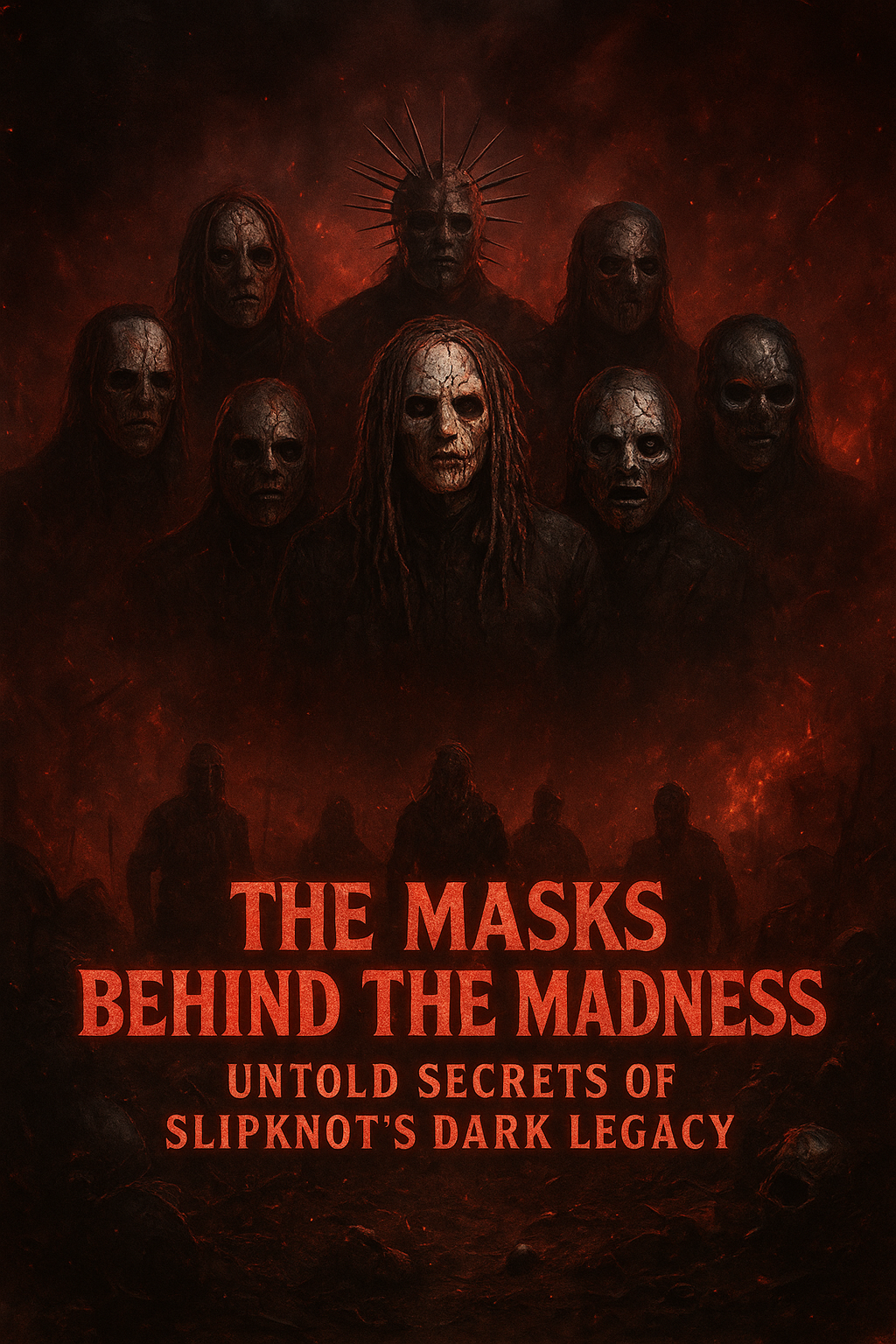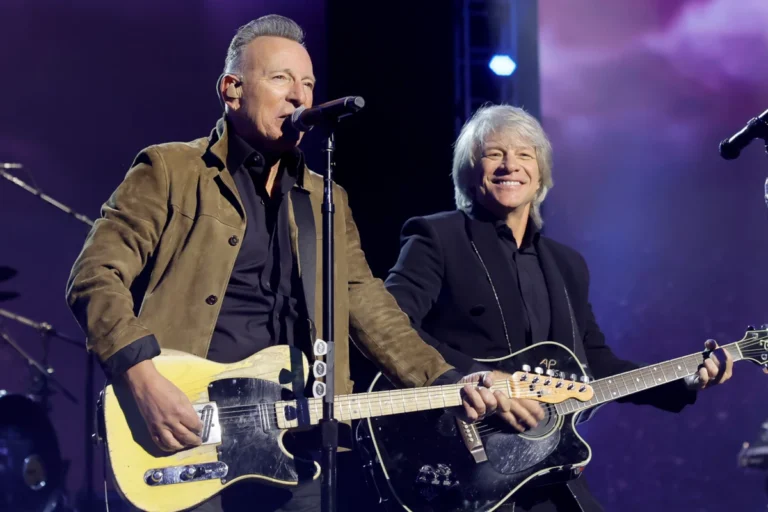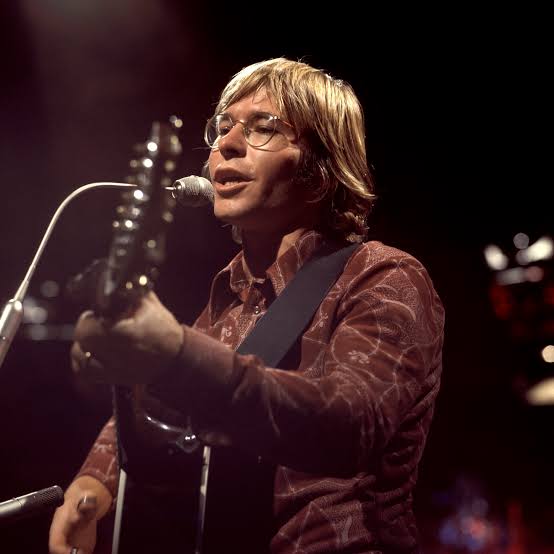
Slipknot has always been more than just a band—they’re a living, breathing storm of sound, emotion, and chaos. From the moment they erupted out of Des Moines, Iowa, in the late 1990s, they didn’t just play metal; they redefined it. Their music was brutal, yes, but it was the masks—the twisted, terrifying, deeply symbolic masks—that made Slipknot a phenomenon unlike anything the world had ever seen. Behind those masks lay a darker truth, one that spoke of pain, rage, fear, and the unfiltered reality of human emotion. The masks weren’t just stage props—they were confessions.
Each member’s mask tells a story, and over the years, those stories have evolved with the band’s journey. Corey Taylor’s early mask, a stitched-up, pale face with dreadlocks made from his own hair, symbolized his inner torment and self-doubt. He once admitted that wearing it gave him permission to scream the things he couldn’t say in everyday life. Clown, or Shawn Crahan, who co-founded the band, used his grotesque clown mask to confront the absurdity and horror of existence. He once described it as a mirror of humanity—both ridiculous and terrifying. Every mask, every stitch and smear of paint, hides a piece of pain that’s all too real.
Slipknot’s decision to wear masks wasn’t a gimmick. It was an act of rebellion and self-protection. In a world obsessed with image and celebrity, they wanted the focus to stay on the music and the message. The anonymity allowed them to become something larger than life—something primal. Beneath the masks, they were nine men struggling with their demons. Together, they became one monstrous entity that embodied all their collective rage and despair. The masks allowed them to channel it, to lose themselves in the chaos, and to perform without fear of judgment. When they put them on, they didn’t just play—they transformed.
Over the years, the masks have changed, morphing like living organisms as the band members evolved through pain, loss, and rebirth. Each new album brought with it a fresh design, reflecting who they were at that moment in time. After the death of bassist Paul Gray in 2010, the masks took on darker tones, showing the grief that tore through the band’s soul. Corey’s mask became more skeletal, the eyes hollow and haunted. The Clown’s mask turned metallic and industrial, like a ghost trapped inside a machine. The masks weren’t static—they were living diaries, recording every wound, every scar, every rebirth.
Behind the spectacle, though, Slipknot’s dark legacy goes deeper. The band’s intensity has often been misunderstood. Their lyrics speak to alienation, mental anguish, and the violent struggle to find identity in a world that demands conformity. Their concerts, wild and chaotic as they are, serve as a kind of mass exorcism. Fans—known proudly as Maggots—see Slipknot as more than musicians. They are catharsis in motion, bleeding their truth on stage so that others can face their own pain without shame. Beneath the chaos, there’s empathy, and that’s the secret most people miss. Slipknot’s darkness isn’t about destruction—it’s about survival.
The band’s relationship with their masks also mirrors their struggle with fame and identity. As they grew into one of the most iconic metal acts in history, the masks became both armor and burden. They protected the men beneath them but also imprisoned them in their own myth. Corey Taylor has often spoken about the relief and fear that comes with taking the mask off—relief because he can finally breathe, and fear because he must face the world as himself again. That tension, between persona and person, lies at the heart of Slipknot’s madness. It’s a balancing act between rage and vulnerability, chaos and control, art and reality.
Slipknot’s dark legacy is not simply built on shock or horror. It’s built on truth. Every mask, every scream, every drop of sweat on stage carries the weight of their humanity. They’ve shown the world that there’s beauty in the grotesque, meaning in the madness, and freedom in facing what terrifies us. They’ve taught a generation that wearing a mask doesn’t always mean hiding—it can also mean revealing who you really are when the world refuses to understand.
Decades later, Slipknot remains a mystery, a paradox that continues to haunt and inspire. Their masks have become icons, not just of metal culture, but of raw emotional honesty. Behind the horror, there’s heart. Behind the madness, there’s method. And behind every mask lies a story that refuses to die—a story written in rage, grief, and the relentless will to survive. Slipknot’s masks aren’t just symbols of darkness; they’re proof that even in chaos, there can be truth, and even in pain, there can be art.



